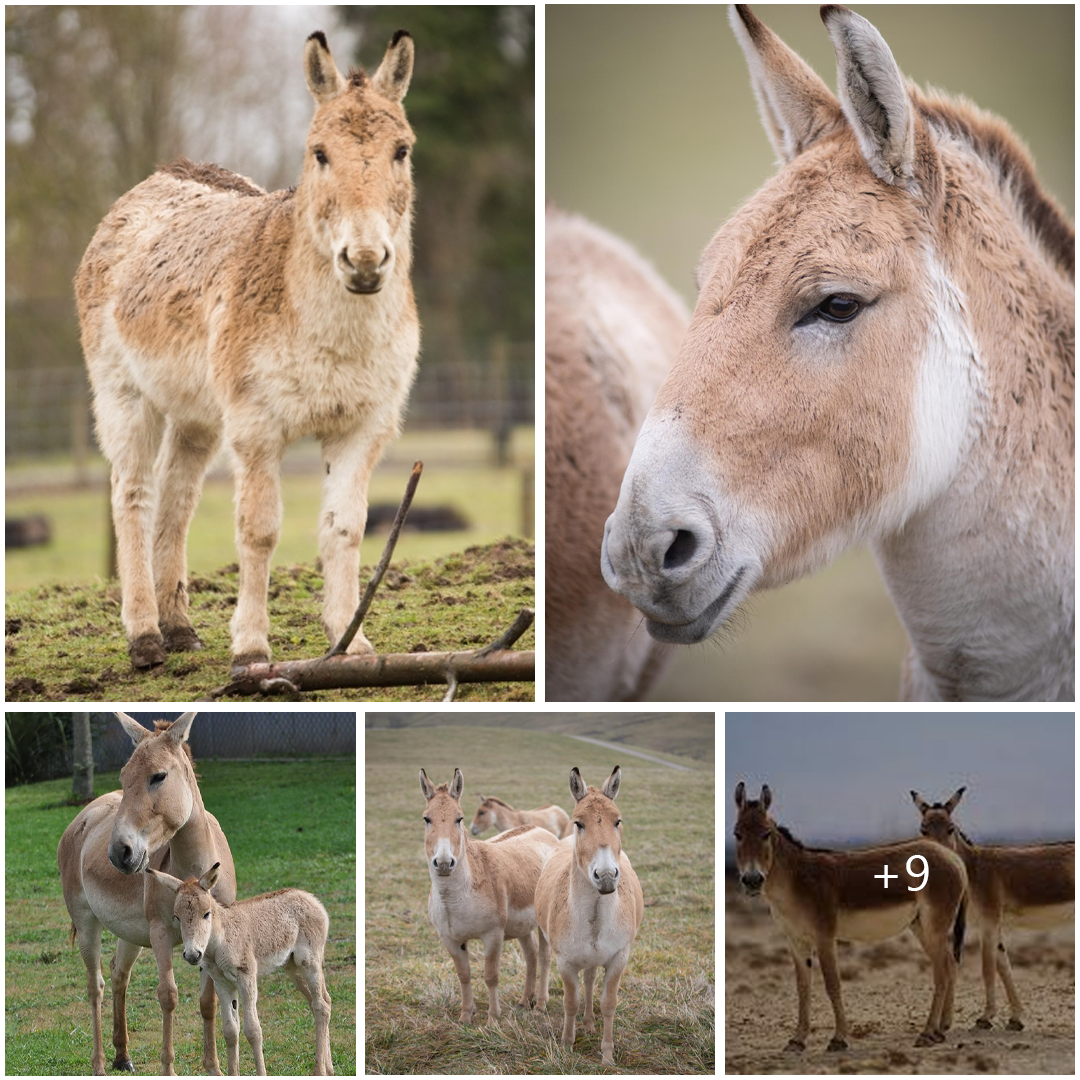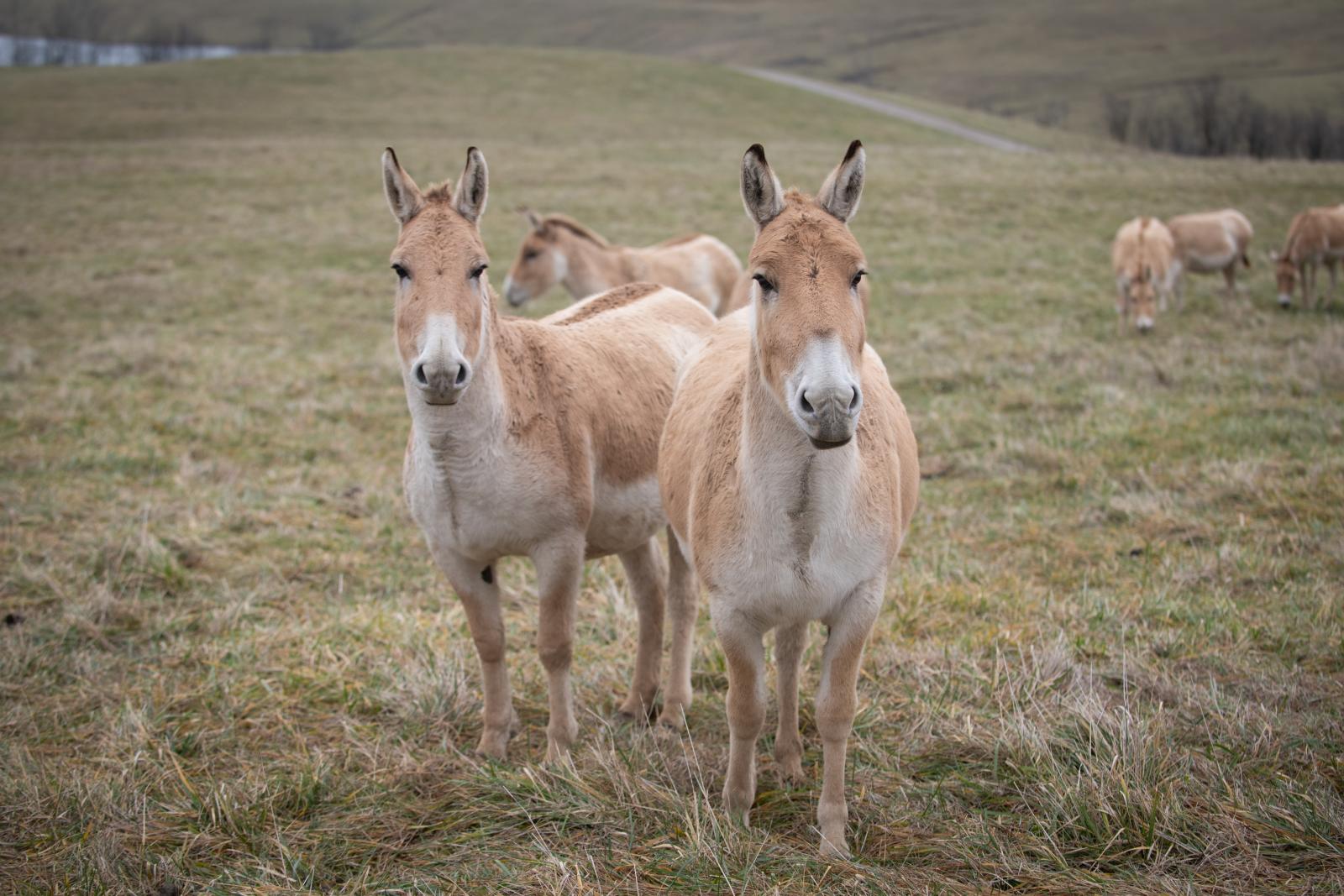
“Unveiling the Majesty of the Persian Onager”
The Persian onager (Equus hemionus onager) stands as a symbol of resilience and adaptability in the arid landscapes of Central Asia. As one of the last remaining subspecies of Asiatic wild ass, this magnificent creature captivates the imagination with its grace, speed, and remarkable survival instincts.
Distinctive Characteristics
The Persian onager possesses several distinctive physical features that set it apart from other equids. Its coat is typically a sandy, pale brown color, providing effective camouflage in its desert habitat. Its slender legs and agile build enable it to navigate rugged terrain with ease, while its large, expressive eyes scan the horizon for signs of danger.
Habitat and Range
Historically, the Persian onager inhabited vast swathes of Central Asia, from Iran to Turkmenistan and Uzbekistan. However, due to habitat loss, hunting, and competition with domestic livestock, its range has significantly diminished. Today, small, fragmented populations persist in remote desert regions, where they eke out a precarious existence in the face of ongoing threats.

Social Structure and Behavior
Persian onagers are highly social animals, typically living in small herds comprised of several females, their offspring, and a dominant stallion. Within these groups, individuals engage in cooperative behaviors such as mutual grooming and vigilance against predators. Despite their social nature, Persian onagers are also capable of solitary living, particularly during periods of scarcity or drought.
Conservation Status
The Persian onager is classified as critically endangered by the International Union for Conservation of Nature (IUCN), with only a few hundred individuals remaining in the wild. Conservation efforts focused on habitat protection, anti-poaching measures, and captive breeding and reintroduction programs are underway to safeguard the future of this iconic species.
Cultural Significance
Throughout history, the Persian onager has held cultural significance in the regions where it roams. In Persian mythology and folklore, it is revered as a symbol of strength, freedom, and independence, embodying the spirit of the untamed wilderness. Additionally, the onager’s image has been immortalized in art, literature, and traditional crafts, reflecting its enduring presence in the collective consciousness of local communities.
In conclusion, the Persian onager serves as a poignant reminder of the delicate balance between humanity and the natural world. With its majestic presence and dwindling numbers, it underscores the urgent need for conservation action to ensure the survival of this iconic species and preserve the rich biodiversity of its desert habitat for generations to come.





